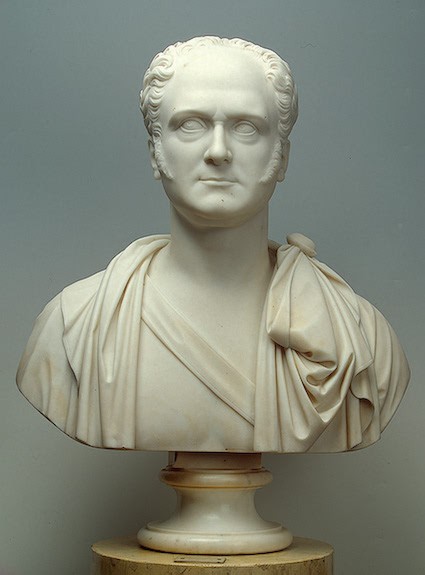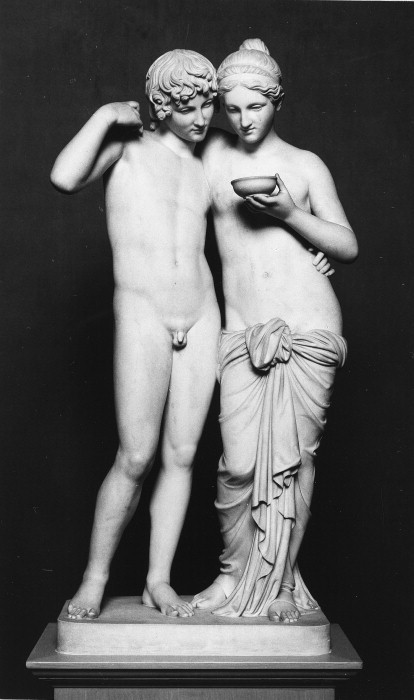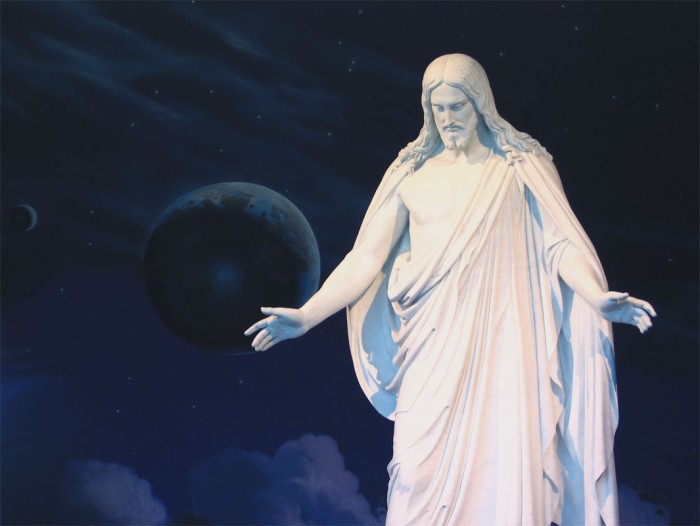Bertel Thorvaldsen (1770-1844)
Get a Bertel Thorvaldsen (1770-1844) Certificate of Authenticity for your painting (COA) for your Bertel Thorvaldsen (1770-1844) drawing.
For all your Bertel Thorvaldsen (1770-1844) artworks you need a Certificate of Authenticity (COA) in order to sell, to insure or to donate for a tax deduction.
Getting a Bertel Thorvaldsen (1770-1844) Certificate of Authenticity (COA) is easy. Just send us photos and dimensions and tell us what you know about the origin or history of your Bertel Thorvaldsen (1770-1844) painting or drawing.
If you want to sell your Bertel Thorvaldsen (1770-1844) painting or drawing use our selling services. We offer Bertel Thorvaldsen (1770-1844) selling help, selling advice, private treaty sales and full brokerage.
We have been authenticating Bertel Thorvaldsen (1770-1844) and issuing certificates of authenticity since 2002. We are recognized Bertel Thorvaldsen (1770-1844) experts and Bertel Thorvaldsen (1770-1844) certified appraisers. We issue COAs and appraisals for all Bertel Thorvaldsen (1770-1844) artworks.
Our Bertel Thorvaldsen (1770-1844) paintings and drawings authentications are accepted and respected worldwide.
Each COA is backed by in-depth research and analysis authentication reports.
The Bertel Thorvaldsen (1770-1844) certificates of authenticity we issue are based on solid, reliable and fully referenced art investigations, authentication research, analytical work and forensic studies.
We are available to examine your Bertel Thorvaldsen (1770-1844) painting or drawing anywhere in the world.
You will generally receive your certificates of authenticity and authentication report within two weeks. Some complicated cases with difficult to research Bertel Thorvaldsen (1770-1844) paintings or drawings take longer.
Our clients include Bertel Thorvaldsen (1770-1844) collectors, investors, tax authorities, insurance adjusters, appraisers, valuers, auctioneers, Federal agencies and many law firms.
We Perform Bertel Thorvaldsen art authentication. Bertel Thorvaldsen appraisal. Bertel Thorvaldsen certificates of authenticity (COA). Bertel Thorvaldsen analysis, research, scientific tests, full art authentications. We will help you sell your Bertel Thorvaldsen or we will sell it for you.
Thorvaldsen was born in Copenhagen in 1770 (according to some accounts, in 1768), the son of an Icelander who had settled in Denmark and there carried on the trade of a wood-carver. This account is disputed by some Icelanders, who claim Thorvaldsen was born in Iceland.

Young Thorvaldsen attended Copenhagen’s Royal Danish Academy of Art (Det Kongelige Danske Kunstakademi), winning all the prizes including the large Gold Medal. As a consequence, he was granted a Royal stipend, enabling him to complete his studies in Rome, where he arrived on March 8, 1797. Since the date of his birth had never been recorded, he celebrated this day as his “Roman birthday” for the rest of his life.

Thorvaldsen’s first success was the model for a statue of Jason, which was highly praised by Antonio Canova, the most popular sculptor in the city. In 1803 he received the commission to execute it in marble from Thomas Hope, a wealthy English art-patron. From that time Thorvaldsen’s success was assured, and he did not leave Italy for sixteen years.

In 1819 he visited his native Denmark. Here he was commissioned to make the colossal series of statues of Christ and the twelve Apostles for the rebuilding of Vor Frue Kirke (from 1922 known as the Copenhagen Cathedral) between 1817 and 1829, after its having been destroyed in the British bombardment of Copenhagen in 1807. These were executed after his return to Rome, and were not completed till 1838, when Thorvaldsen returned to Denmark, being received as a hero.

He died suddenly in the Copenhagen Royal Theatre on March 24, 1844, and bequeathed a great part of his fortune for the building and endowment of a museum in Copenhagen, and also left to fill it all his collection of works of art and the models for all his sculptures very large collection, exhibited to the greatest possible advantage. Thorvaldsen is buried in the courtyard of this museum, under a bed of roses, by his own special wish.
Thorvaldsen never married, but he had an illegitimate daughter with a long-time love. Thorvaldsen did acknowledge this daughter, and to this day, descendants of Thorvaldsen live in the United States and Sicily.
Thorvaldsen was an outstanding representative of the Neoclassical period in sculpture. He was often compared to Antonio Canova, but in fact he embodied the style of classical Greek art more than the Italian artist. The poses and expressions of his figures are much more stiff and formal than those of Canova’s.

Motifs for his works (reliefs, statues, and busts) were drawn mostly from Greek mythology, but he also created portraits of important personalities, as in his statue of Pope Pius VII. His works can be seen in many European countries, especially in the Thorvaldsen Museum in Copenhagen, where his tomb is in the inner courtyard. Thorvaldsen’s Lion Monument (1819) is in Lucerne, Switzerland. This monument commemorates the sacrifice of more than six hundred Swiss Guards who died defending the Tuileries during the French Revolution. The monument portrays a dying lion lying across broken symbols of the French monarchy.

Thorvaldsen produced some striking and affecting statues of historic figures, including two in Warsaw, Poland: the seated Nicolaus Copernicus, before the Polish Academy of Sciences building, and the equestrian statue of Prince Józef Poniatowski that now stands before the Presidential Palace, both located on Warsaw’s Krakowskie Przedmiescie. Mainz, Germany, has Thorvaldsen’s statue of Johannes Gutenberg.
Part of Gutenberg’s work is informed by a pronounced classicist sensibility, traditionally encoded in European art in the myth of Zeus and Ganymede. Illustrative are his Eros, several versions of Ganymede, the Shepherd Boy with Dog, and his bas relief of Hylas and the Nymphs, depicting a shapely Hylas terrified of the nubile nymphs embracing him.
Outside Europe, Thorvaldsen is less well known. Additionally, his statue of the resurrected Christ, commonly referred to as Thorvaldsen’s Christus (created for what is now the Lutheran Cathedral in Copenhagen,) has appealed to the members of The Church of Jesus Christ of Latter-day Saints and a 3.4 m replica is on display at Temple Square and images of the statue are used in official church media, such as the internet site LDS.org.

A bronze copy of Thorvaldsen’s Self-Portrait stands in Central Park, New York, near the East 97 Street entrance.
Reviews
1,217 global ratings
5 Star
4 Star
3 Star
2 Star
1 Star
Your evaluation is very important to us. Thank you.
